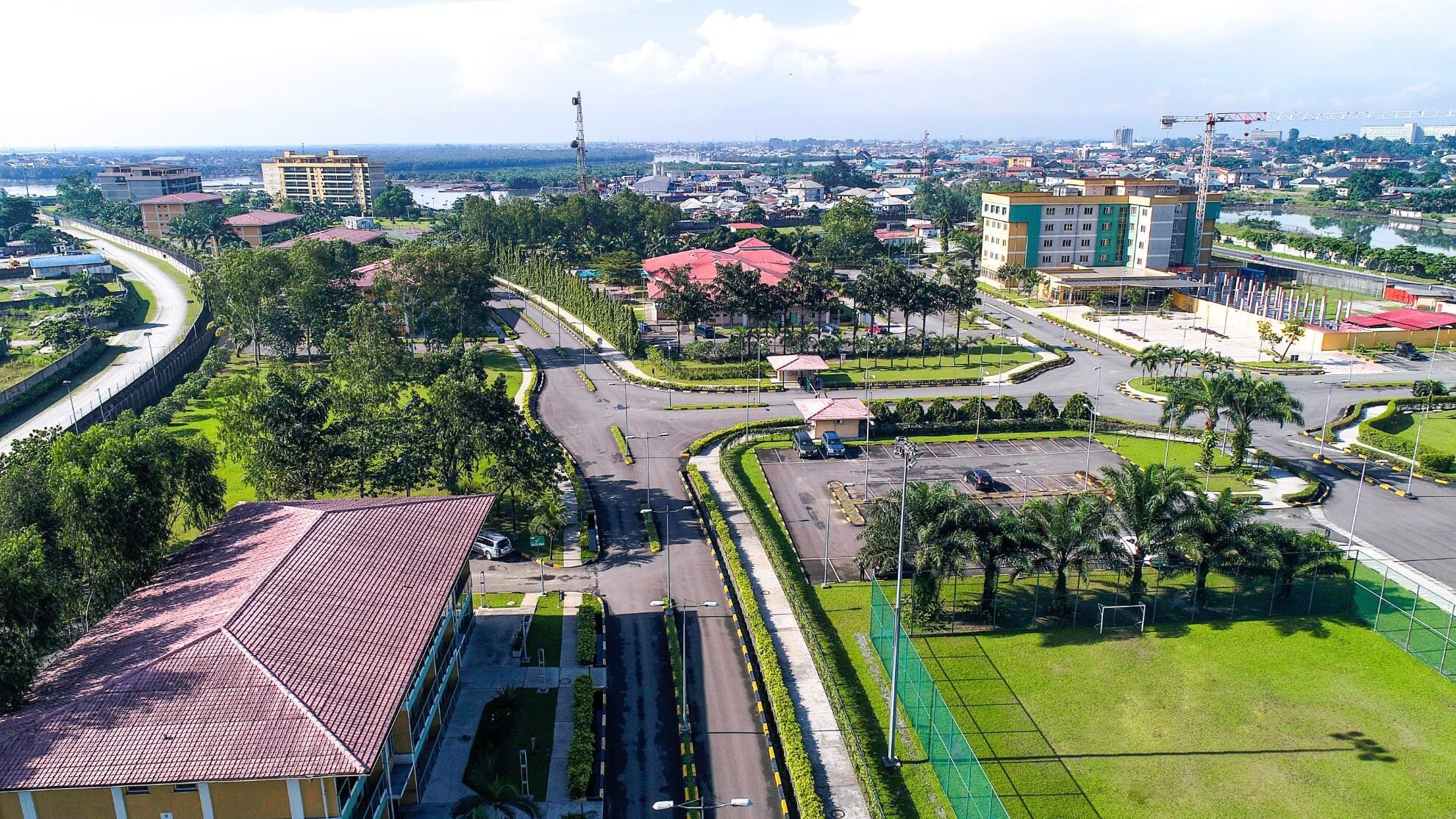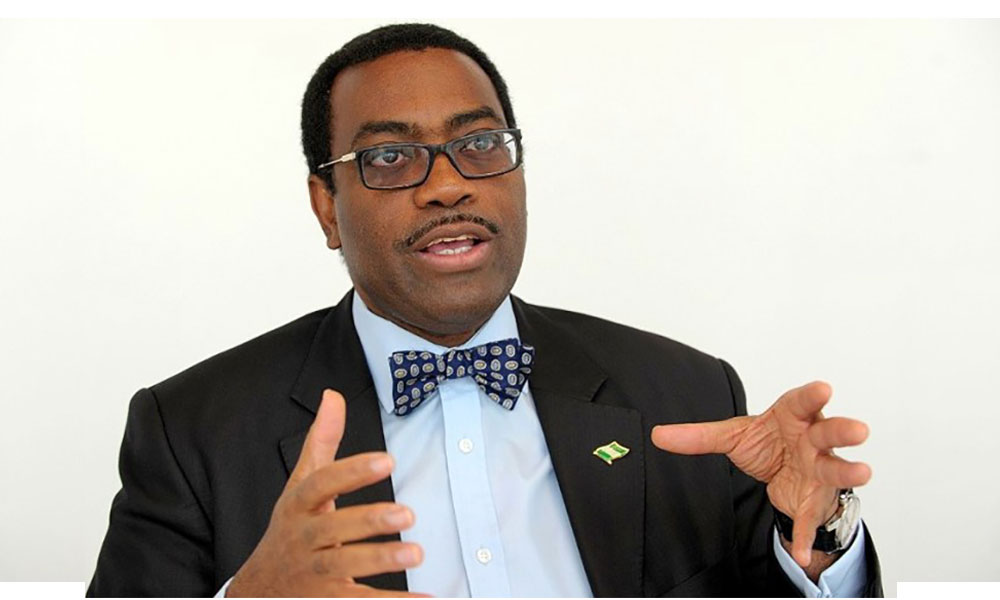The Central Bank of Nigeria (CBN) raised N1.008 trillion at its Open Market Operations (OMO) auction on Friday, April 25, 2025, after strong investor interest led to a 102% oversubscription. The auction, which initially targeted N500 billion across two maturities, attracted bids nearing N1.4 trillion as investors scrambled for high-yield government securities amid soaring inflation and a growing money supply.
The massive response highlights the CBN’s firm commitment to its aggressive monetary tightening strategy, as it seeks to drain excess liquidity from the financial system and curb stubborn inflationary pressures. This latest auction comes despite already elevated interest rates and a record-high cash reserve ratio that have yet to sufficiently tame liquidity levels.
Leading investor demand was the 319-day OMO bill maturing on March 10, 2026. The bill alone pulled in subscriptions worth N1.062 trillion, more than four times the N250 billion initially offered. The CBN eventually allotted N688.30 billion at a stop rate of 22.73%, with bid rates ranging between 20.39% and 23.75%. The heavy demand suggests investors expect high interest rates to persist, motivating them to lock in attractive yields for the longer term.
The 298-day bill, maturing on February 17, 2026, also saw strong appetite, receiving bids of N329.54 billion against a N250 billion offer. The central bank allotted N319.54 billion at a stop rate of 22.37%, with bid rates between 20.45% and 23.75%. Overall, the auction result reflected the substantial liquidity still present in Nigeria’s financial system, despite the CBN’s repeated tightening measures.
The auction took place against a backdrop of rapid growth in Nigeria’s broad money supply, complicating the CBN’s efforts to rein in inflation. According to the central bank’s latest figures, M3 rose to N114.22 trillion in March 2025, marking a 24% year-on-year increase from N92.19 trillion a year earlier. Month-on-month, money supply expanded by 3.2% from February’s figure of N110.71 trillion, largely driven by a 38.9% surge in net foreign assets, which climbed to N45.17 trillion. However, net domestic assets shrank by 11.7% to N69.05 trillion, suggesting that while local liquidity is being squeezed, rising foreign inflows are more than offsetting domestic tightening efforts.
Despite raising the cash reserve ratio to 50%—the highest in the world—and maintaining a high monetary policy rate, the CBN continues to grapple with persistent liquidity and inflation. Headline inflation accelerated to 24.23% in March 2025, up from 23.18% in February, according to the National Bureau of Statistics. Month-on-month inflation also rose sharply by 3.90%, compared to 2.04% the previous month, reflecting intensifying demand pressures and higher input costs across the economy.
The CBN’s latest OMO auction underscores its reliance on market-based strategies to mop up liquidity, even as analysts warn of external risks that could destabilize the country’s economy. U.S. investment bank J.P. Morgan recently advised investors to cut back on Nigerian OMO holdings, citing concerns over falling oil prices and escalating global trade tensions. However, the overwhelming investor turnout, particularly for longer-dated instruments, signals confidence among financial institutions eager to lock in elevated yields while hedging against further inflation.
OMO bills remain a critical part of the CBN’s monetary toolkit, allowing it to influence short-term interest rates, absorb excess cash, and guide market expectations ahead of its next monetary policy decision. All eyes are now on the Monetary Policy Committee meeting scheduled for May 19–20, 2025, where further tightening is widely anticipated. While the CBN kept the policy rate unchanged at 27.5% in February, the combination of surging inflation and liquidity growth may force policymakers to act more aggressively.
The challenge for the CBN will be finding the right balance. Over-tightening could suppress credit growth and raise borrowing costs for businesses and households, threatening to slow an economy that is already under pressure. Yet with inflation still accelerating, the risk of inaction appears even greater.










